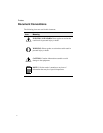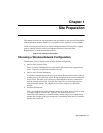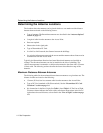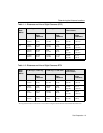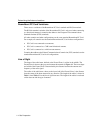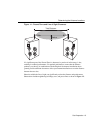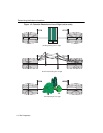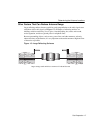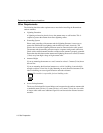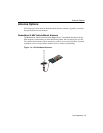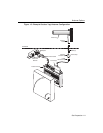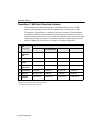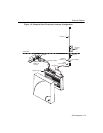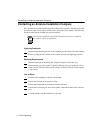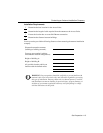
Determining the Antenna Locations
1-8 Site Preparation
Other Requirements
The following describes other requirements to meet before installing the RoamAbout
outdoor antennas.
• Lightning Protection
A lightning rod must be placed close to the antenna mast or wall bracket. This is
required to protect the antenna from direct lightning strikes.
• Grounding System
Direct earth grounding of the antenna and the Lightning Protector is necessary to
protect the installation from lightning and the build-up of static electricity. The
wireless device and the Lightning Protector must be connected to the same ground.
The antenna and the mounting structure require a separate earth ground connection.
Check with a certified antenna installer to make sure the antenna is properly grounded.
Ensure that the cable between the antenna and Lightning Protector is at least 0.9 meters
(3 feet) away from high-voltage or high-current cable.
• Antenna Height
If you are mounting the antenna on a roof, it must be at least 1.5 meters (5 feet) above
the roof line.
If you are mounting the directional antenna to a wall of a building, it must be high
enough to achieve a clear line of sight. Mounting an omni-directional antenna to the
side of a building can cause signal reflection and reduce distance.
• Access Point placement
The Access Point should be located indoors and connected to the outdoor antenna with
a standard 6 meter (20 foot), 15 meter (50 foot), or 22 meter (75 foot) low-loss cable.
A longer cable could cause additional signal loss and decrease the distance between
antennas.
The installer is responsible for local building codes.
NOTE



